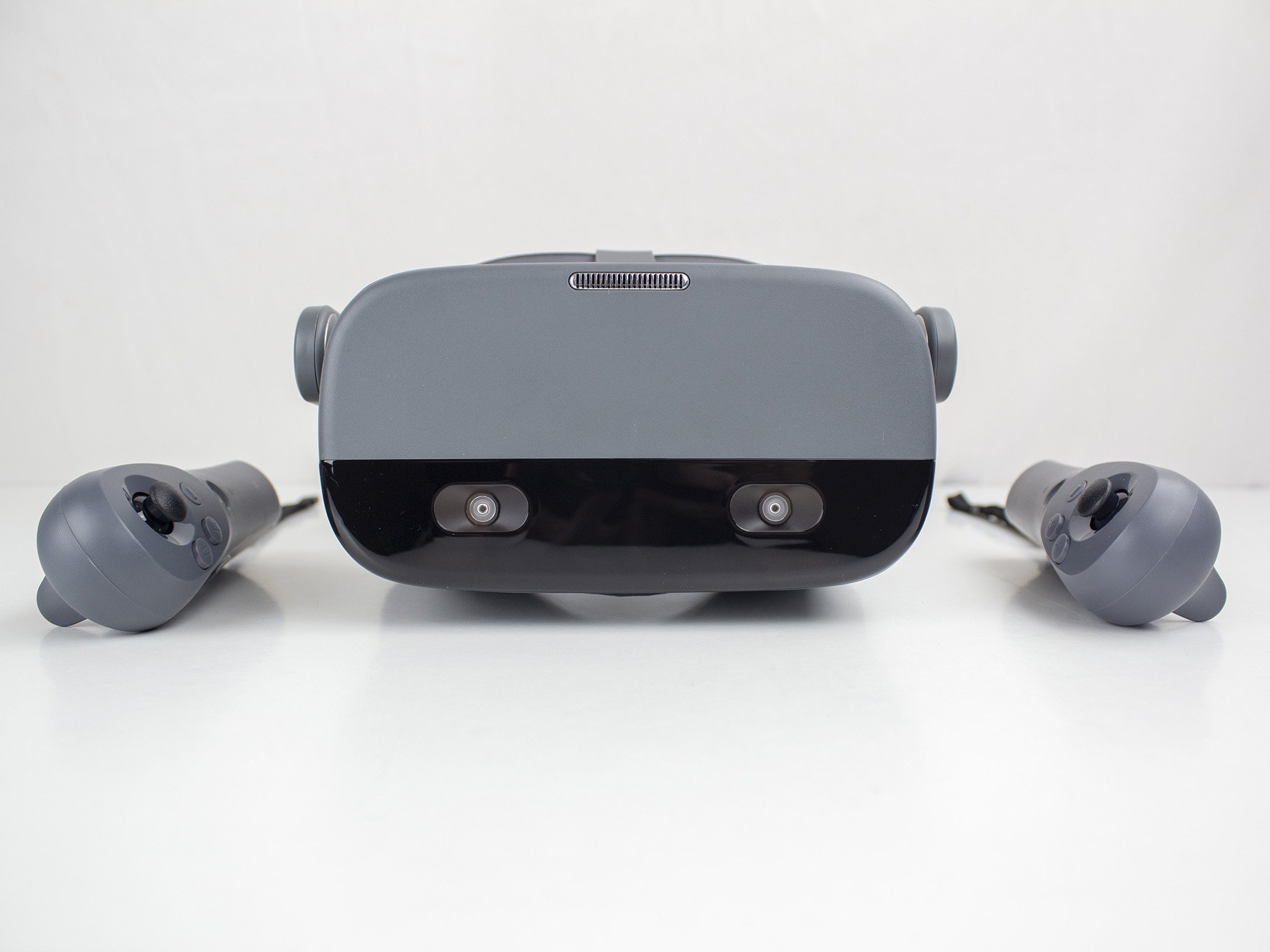On paper, the Pico Neo 2 Eye looks like a significant step ahead of the Oculus Quest (the biggest player in the wireless VR industry). In many ways, it's a definite improvement over the Quest and, in other ways, it doesn't quite live up to the Quest experience. But here's the deal — it's not designed to be. Although the Oculus Quest does have an enterprise model, it's not necessarily geared toward businesses as the main audience.
The Pico Neo 2 Eye is designed from the ground-up to be a business-ready wireless HMD (head-mounted display), and in many ways, it succeeds at its goal. It delivers crisp visuals with a 4K RGB-stripe display, high-performance with eye-tracking foveated rendering capabilities, accurate controller tracking that isn't affected by the limitations that optical tracking has, and the ability to easily connect to a PC via USB Type-C cable or wirelessly. All these things are important for enterprise-grade applications, but how does the overall package fare?
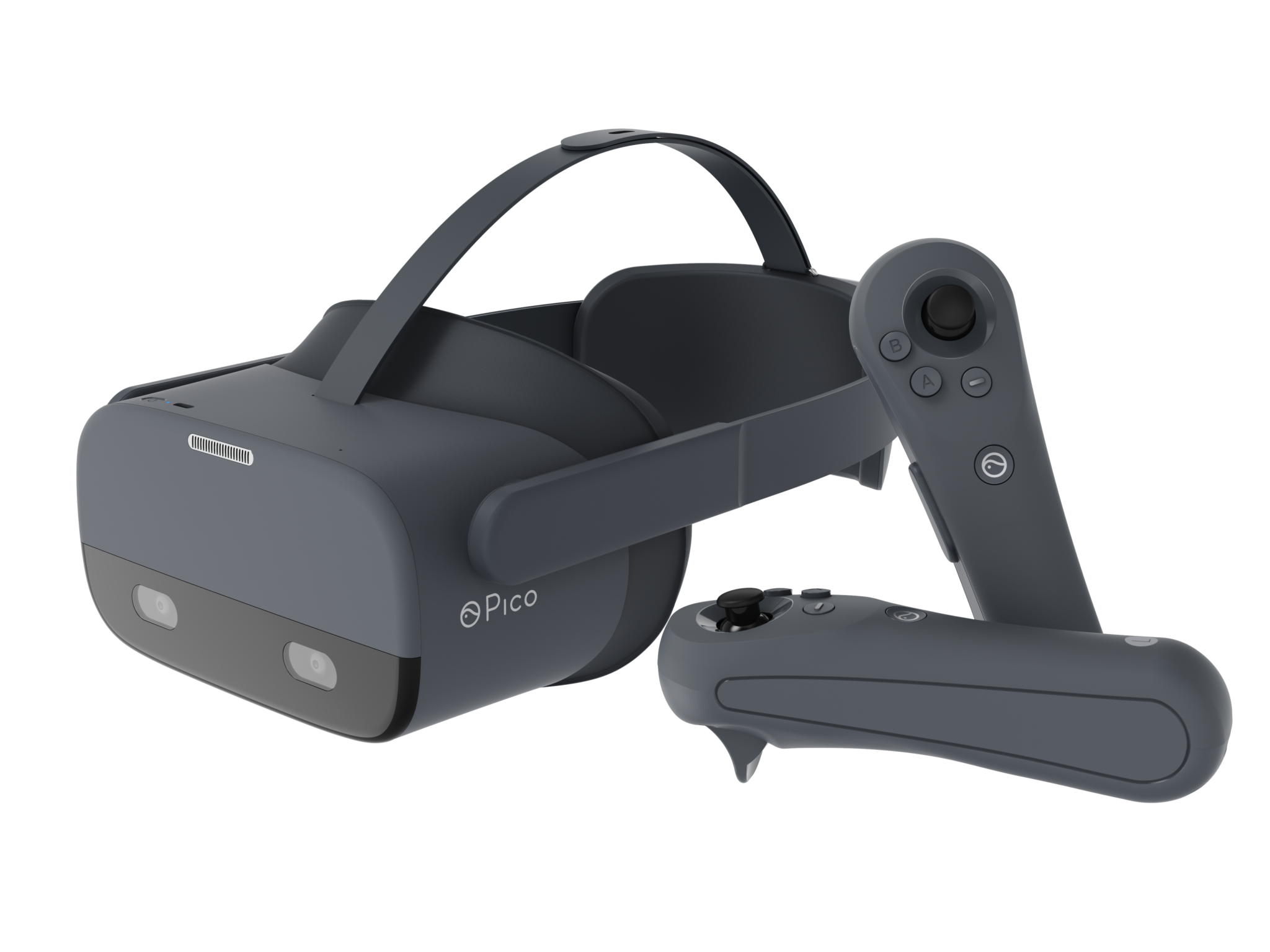
Business-class untethered VR
The Pico Neo 2 Eye was designed from the ground up to meet the needs of businesses who are looking to employ VR in their workflow.
Pros:
- Super crisp display
- Well-balanced weight distribution
- Controllers don't rely on optical tracking from the headset
- Easy wired and wireless streaming to the PC and good SteamVR integration
- Great business-class features like microSD card support and a polyurethane face gasket
- Eye-tracking enables significant performance and quality enhancements
Cons:
- Digital IPD adjustment
- Weird perspective warping issues
- PU face gasket makes you sweaty and causes foggy lenses
- Anemic app store
Pico Neo 2 Eye The better wireless VR experience?
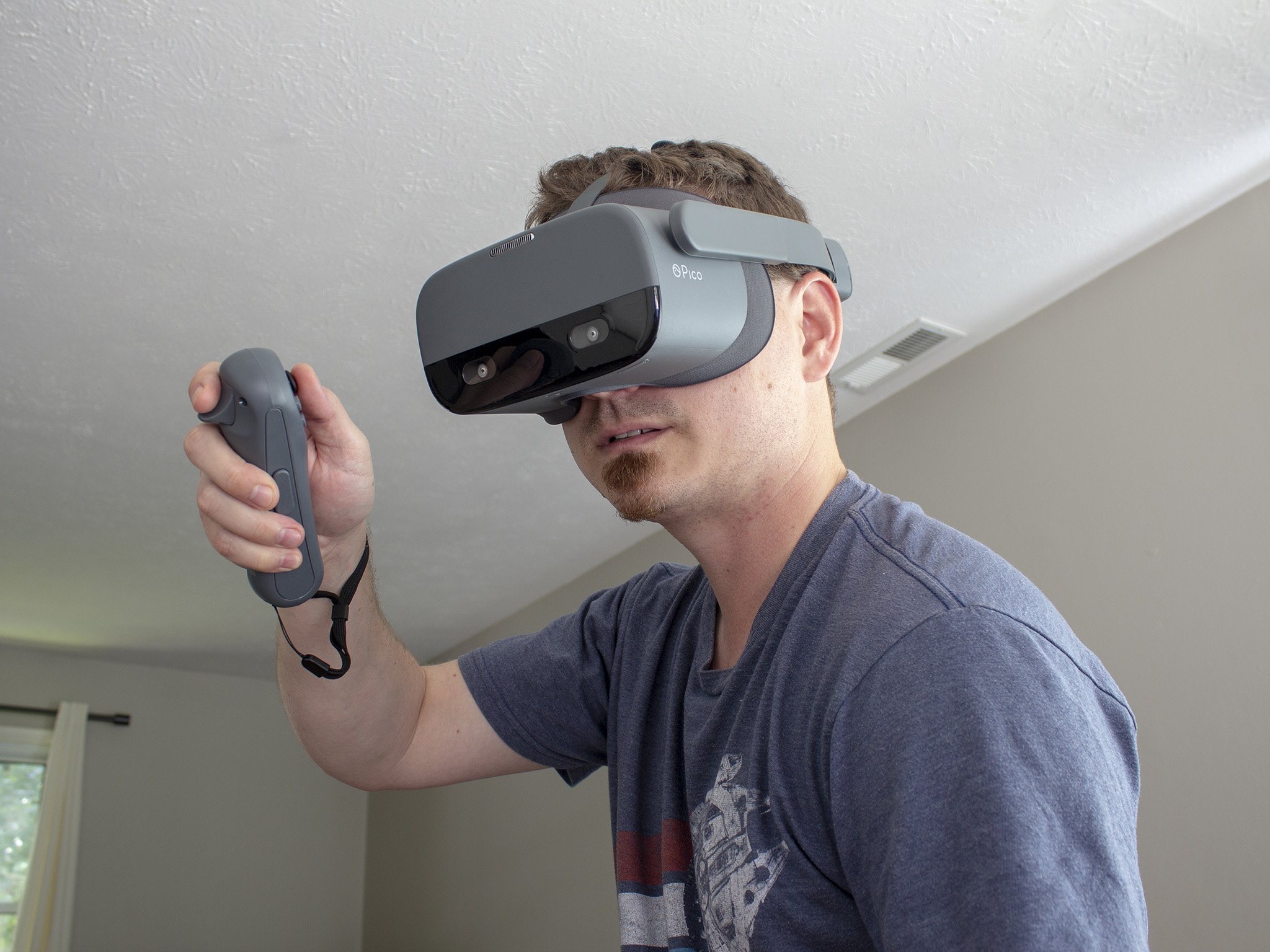
If you're into VR at all, you know the Oculus Quest has been the premiere wireless VR experience up until now. Because of that, it makes the most sense to directly compare the Pico Neo 2 Eye to that product. At $900, the Pico Neo 2 Eye is actually $100 less than the Oculus Quest Enterprise Edition and, surprisingly, offers significantly better specs in most areas, including a more powerful Snapdragon 845 processor.
The most obvious piece on paper is the 4K resolution display with RGB-stripe sub-pixel arrangement. In a nutshell, that's the sharpest display you'll find on any standalone headset on the market, and one of the sharpest among any wired headset, as well. If you've ever used an Oculus Quest, you'll immediately see the difference in clarity when putting the Pico Neo 2 Eye on. This is a glorious, beautiful display.
But what you don't see on paper is the strange warping effect that's also immediately noticeable as soon as you move your head. It's almost like putting a fishbowl on your head, as object dimensions warp when you look around. It's distracting and happens in all apps and games I tried on the headset. Whether or not this is an issue with the lenses or some sort of software depth-correction issue is less important than the fact that it exists, and I imagine it'll make a few people a bit disoriented while using the headset.
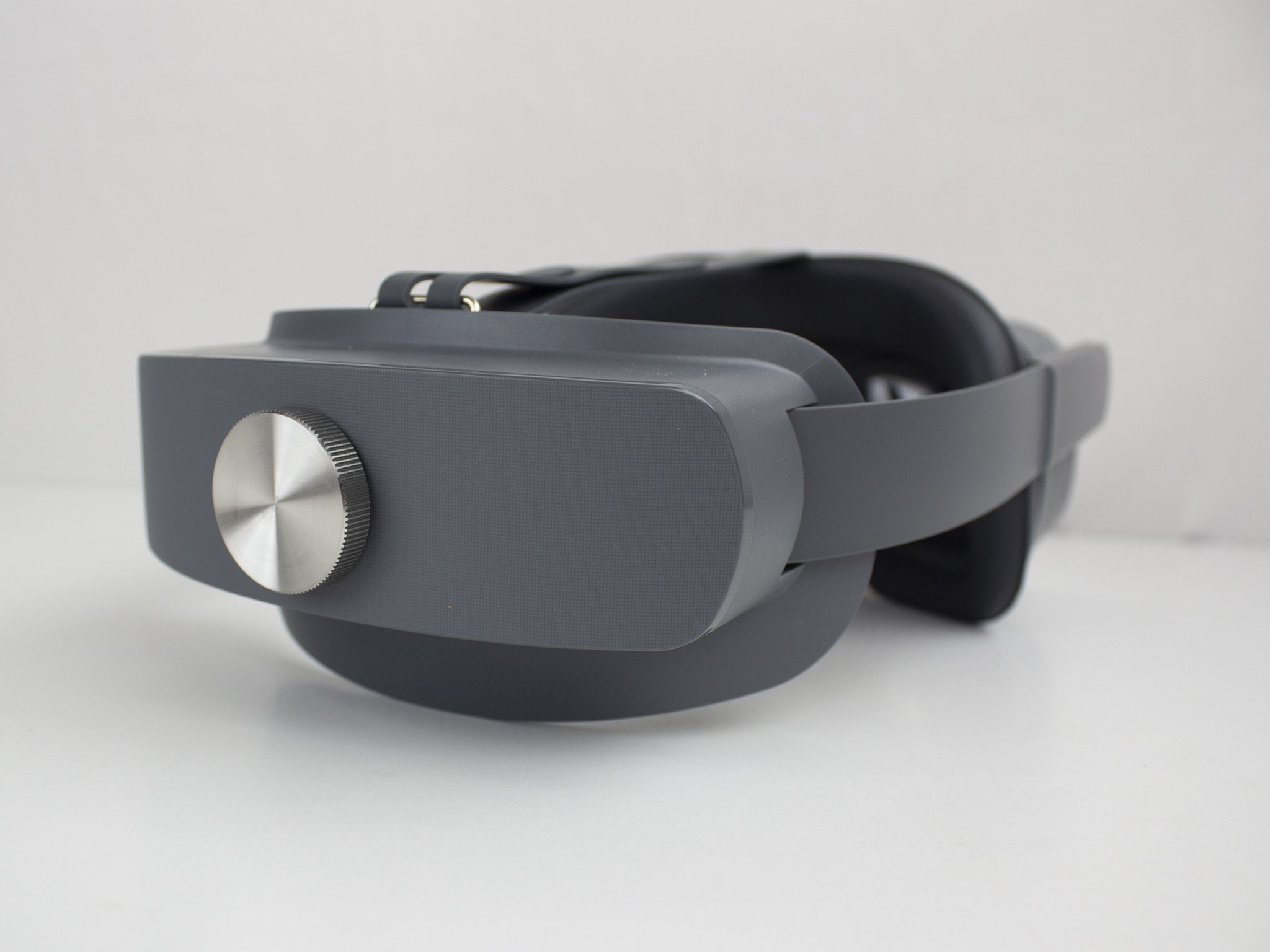
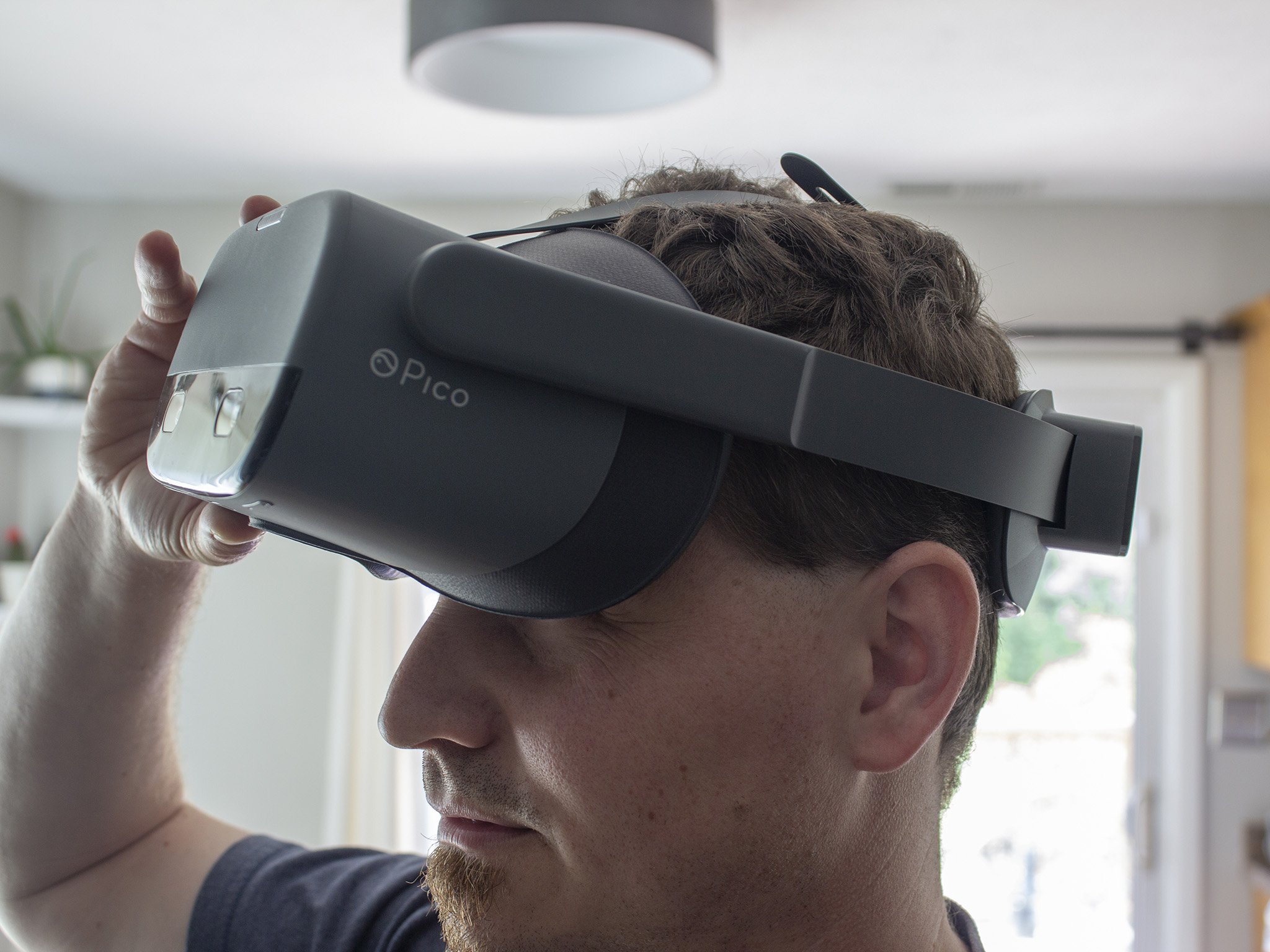
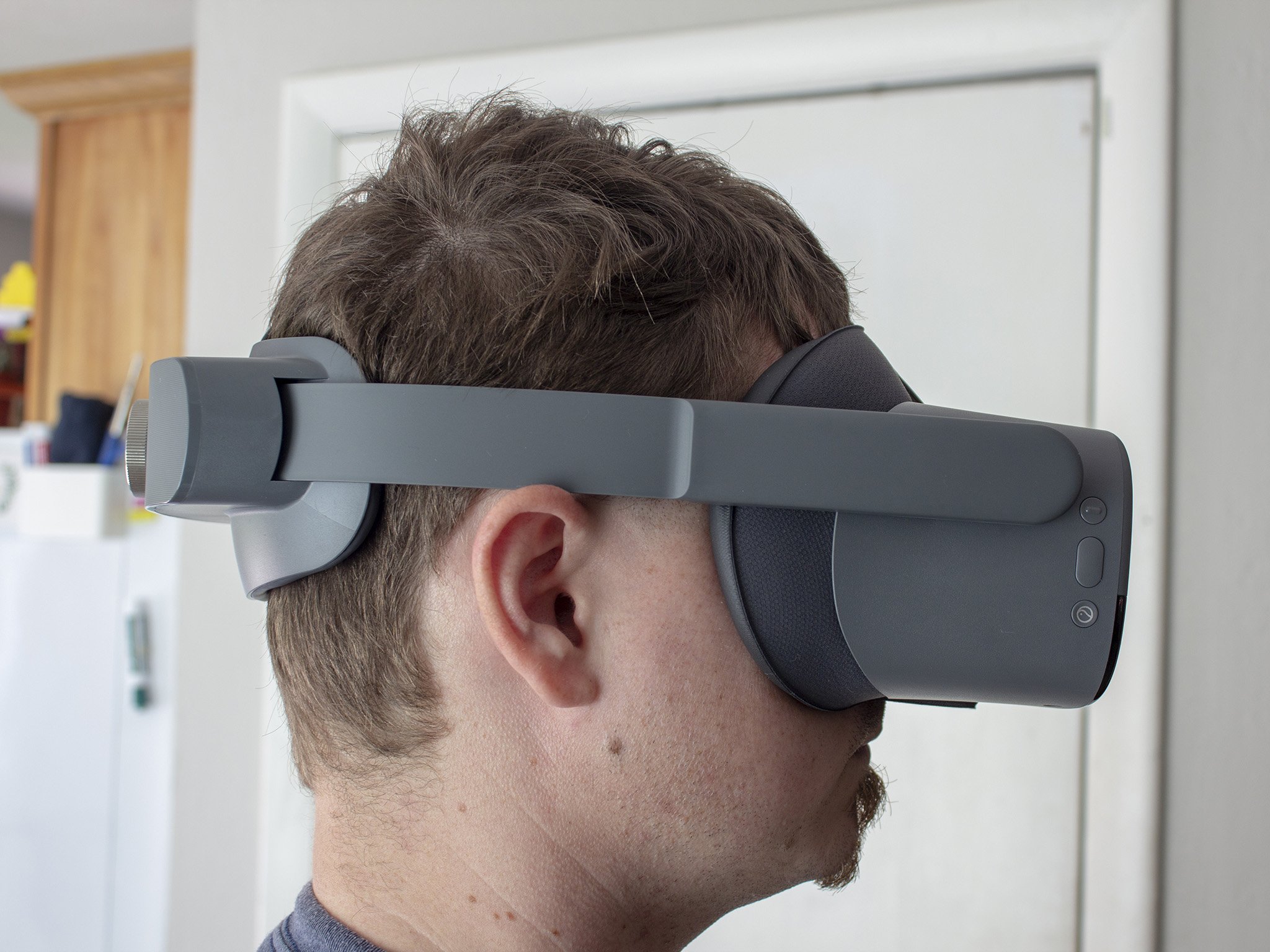
Much like the lenses and display, the headset design is significantly improved when compared to the Quest. Pico took the time to consider all the components that have to go into a fully-wireless HMD and perfectly balanced the weight between the front and back of the headset. The back of the headstrap sports an adjustment wheel that pulls the straps in and, attached to the wheel, is a compartment that houses the heavy battery and some other components. That's particularly important since this headset is a rather hefty 692 grams, which is 121 grams heavier than the Oculus Quest.
Having the weight distributed evenly is a huge step in the right direction and feels significantly better during long sessions when compared to the Quest. The headset feels like it sits perfectly on the top of the head, while the Oculus very obviously pushes down on the cheeks and just feels a bit "off" in its fit. I also found the strap design on the Pico Neo 2 Eye to be superior for quickly fitting to different head sizes, as you'll mainly drop it on top and turn the knob in the back to tighten. No velrco to deal with, and you can even tighten it with a single hand!
It's got speakers built into the headset, just like various Oculus entries, but I found these speakers to be lacking in quality when compared to the Quest. On the bright side, they are incredibly loud and can probably even be heard in an industrial setting with lots of ambient room noise.
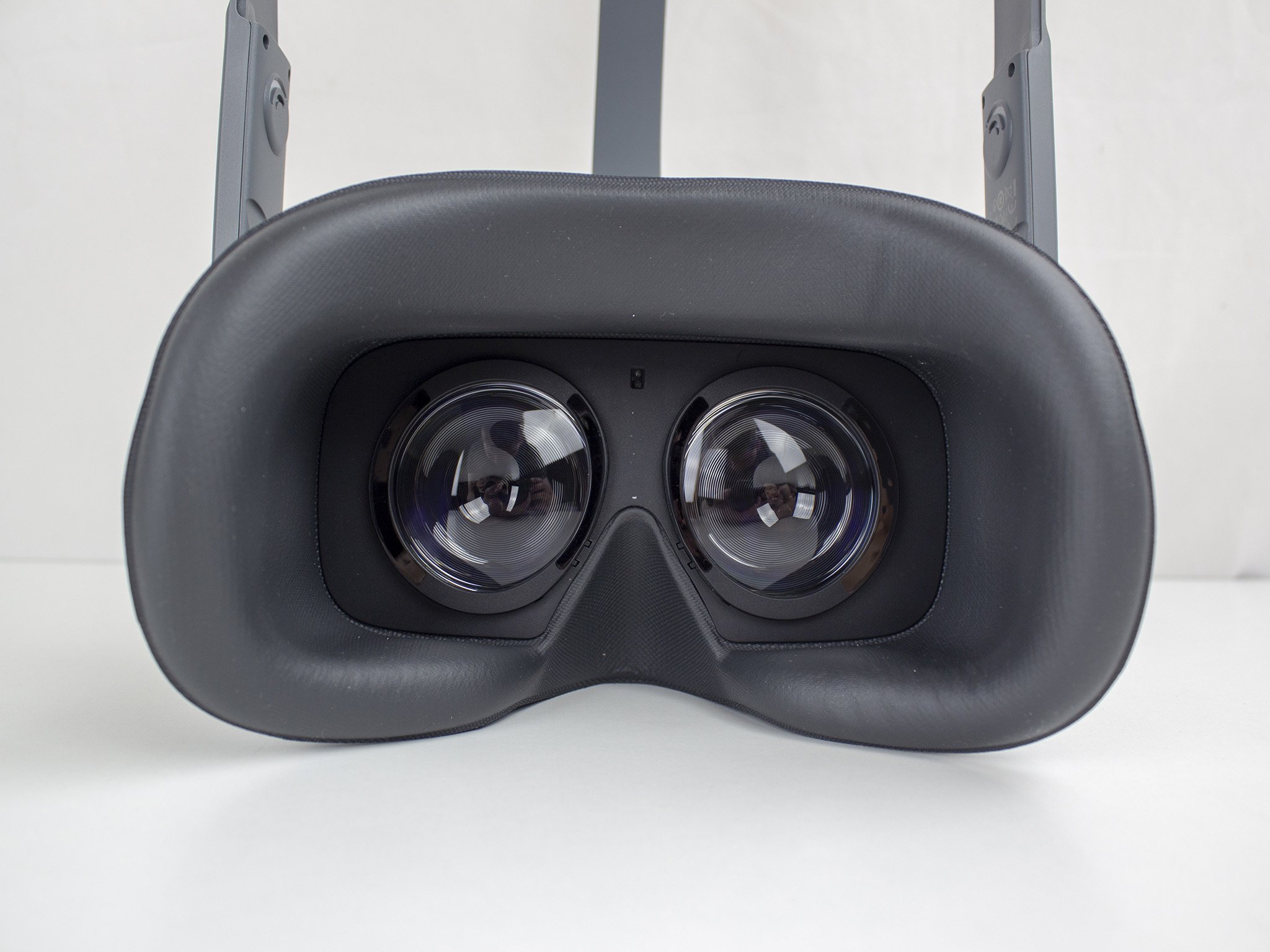
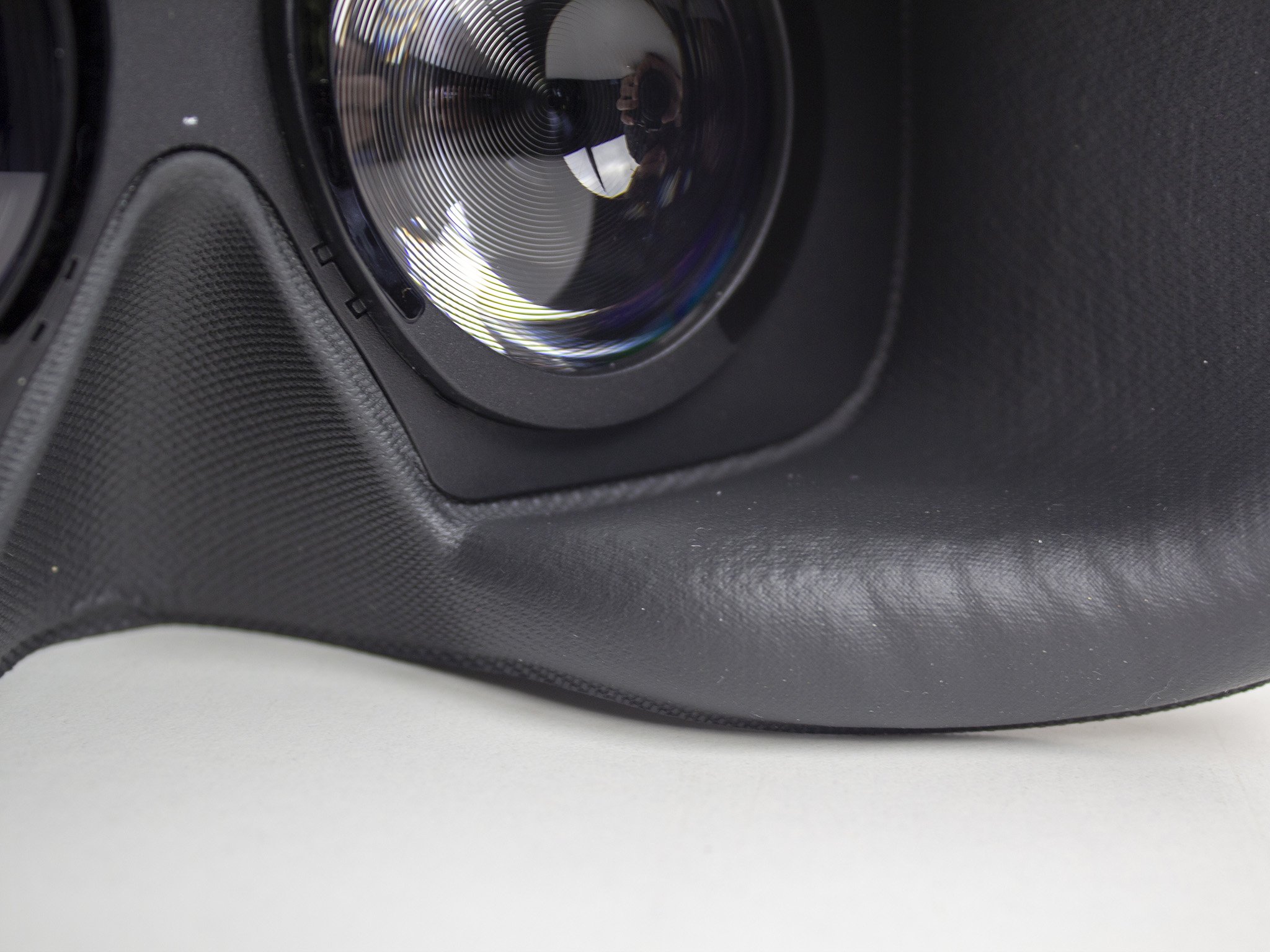
The face gasket design fits perfectly within the definition of "enterprise-grade", as it's a highly-hygenic PU material that doesn't accept sweat at all and is super easy to clean. That means you won't need to purchase disposable face masks like you would need to with foam gaskets. While that's great and solves several problems, this PU material is super, super sweaty feeling. My face got very hot, very quickly and, as a result caused the lenses to fog up constantly for extended periods, making it very difficult to use, having to constantly wipe them off.
Pico seems to have thought of just about everything when it comes to buttons and inputs on the headset itself. On the right side, you'll find convenient home, menu, and enter buttons for when controllers aren't in use, while a recessed power button is up top next to the USB Type-C charging port. Underneath is a pair of volume buttons, a 3.5mm headset jack, and even a microSD card port for expandable storage (and quick application loading in enterprises). It's even got Bluetooth 5.0 support, which it uses for controller communication and pairing to Bluetooth audio devices (like speakers or headphones).
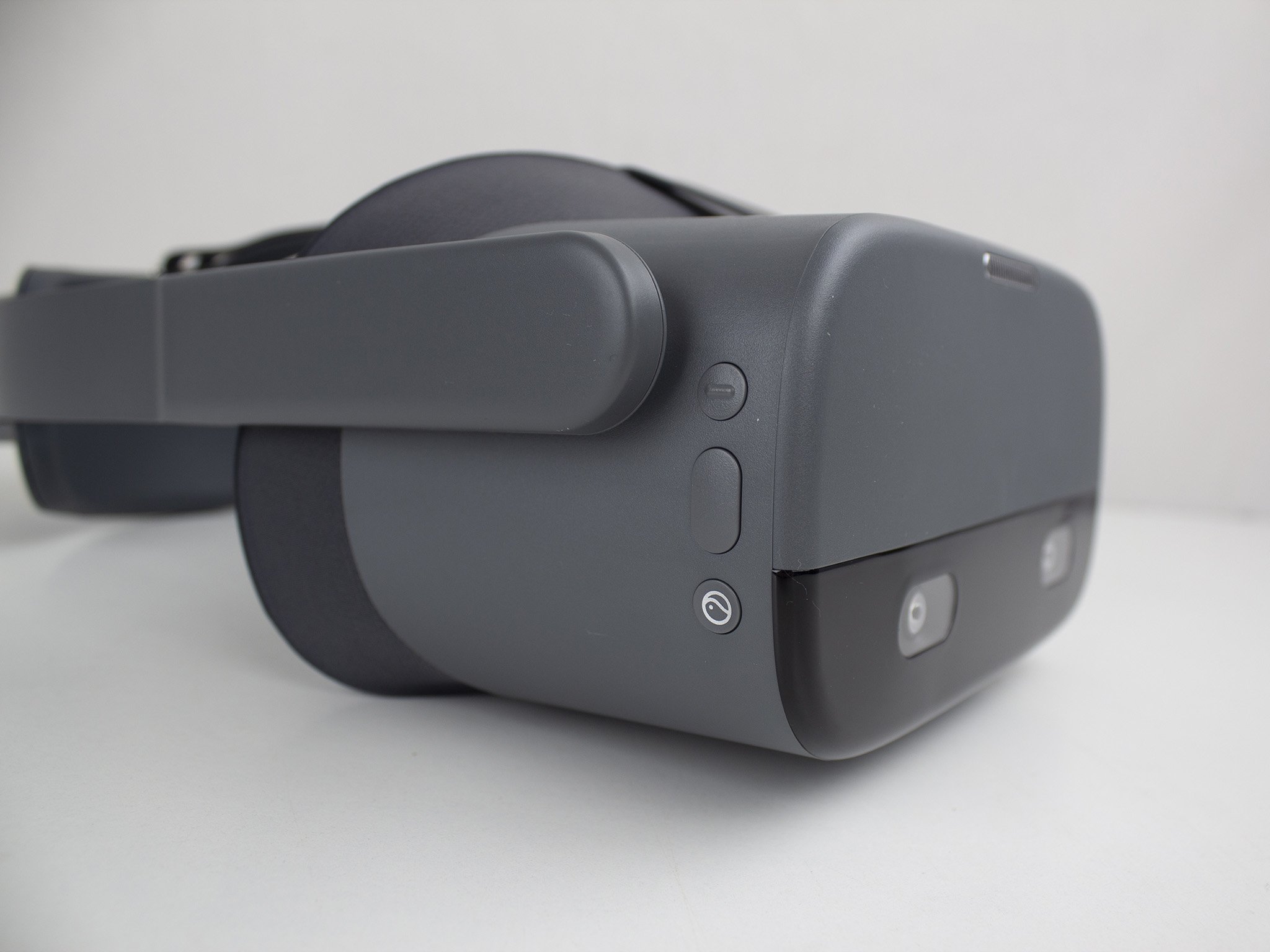
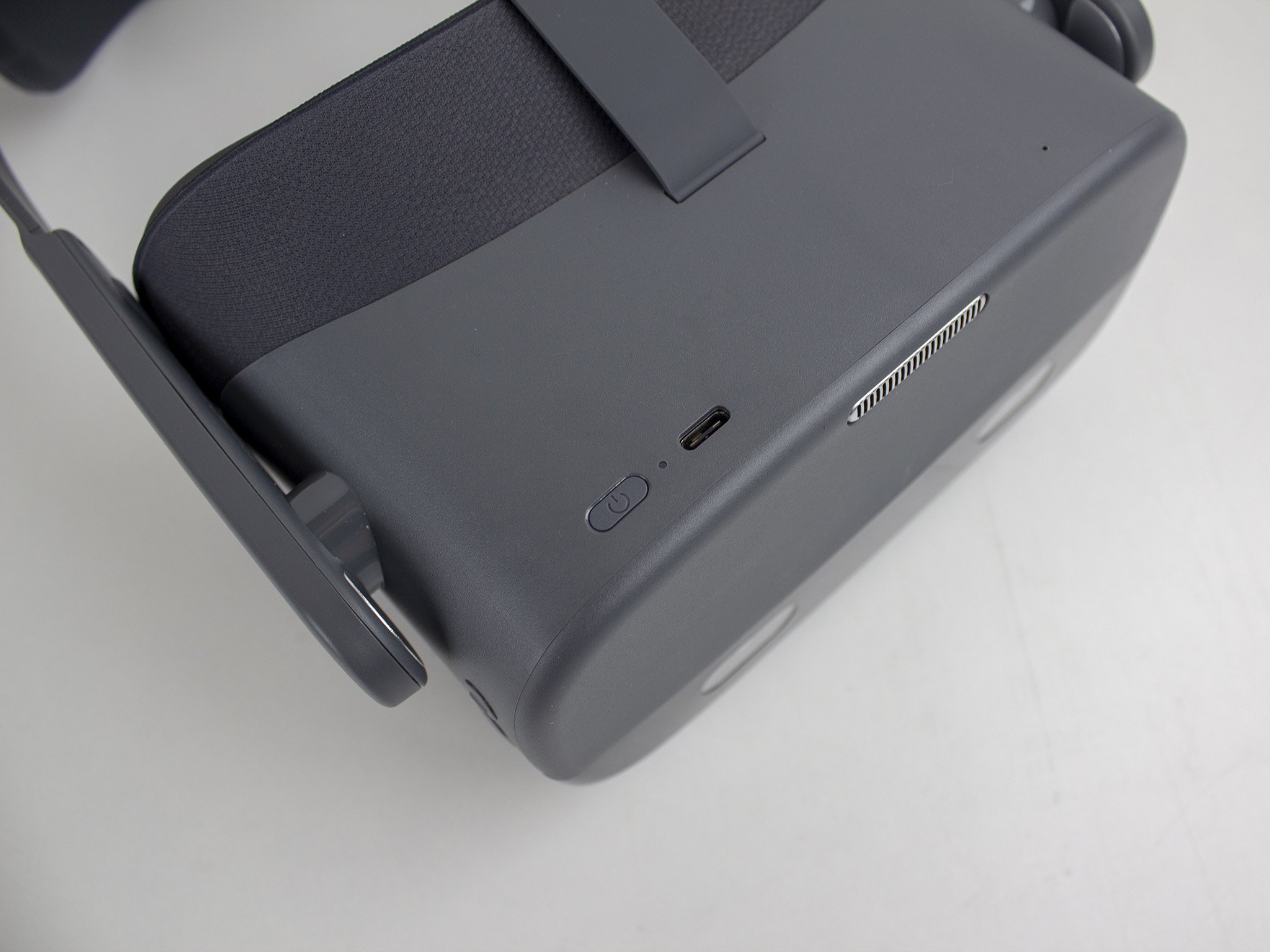
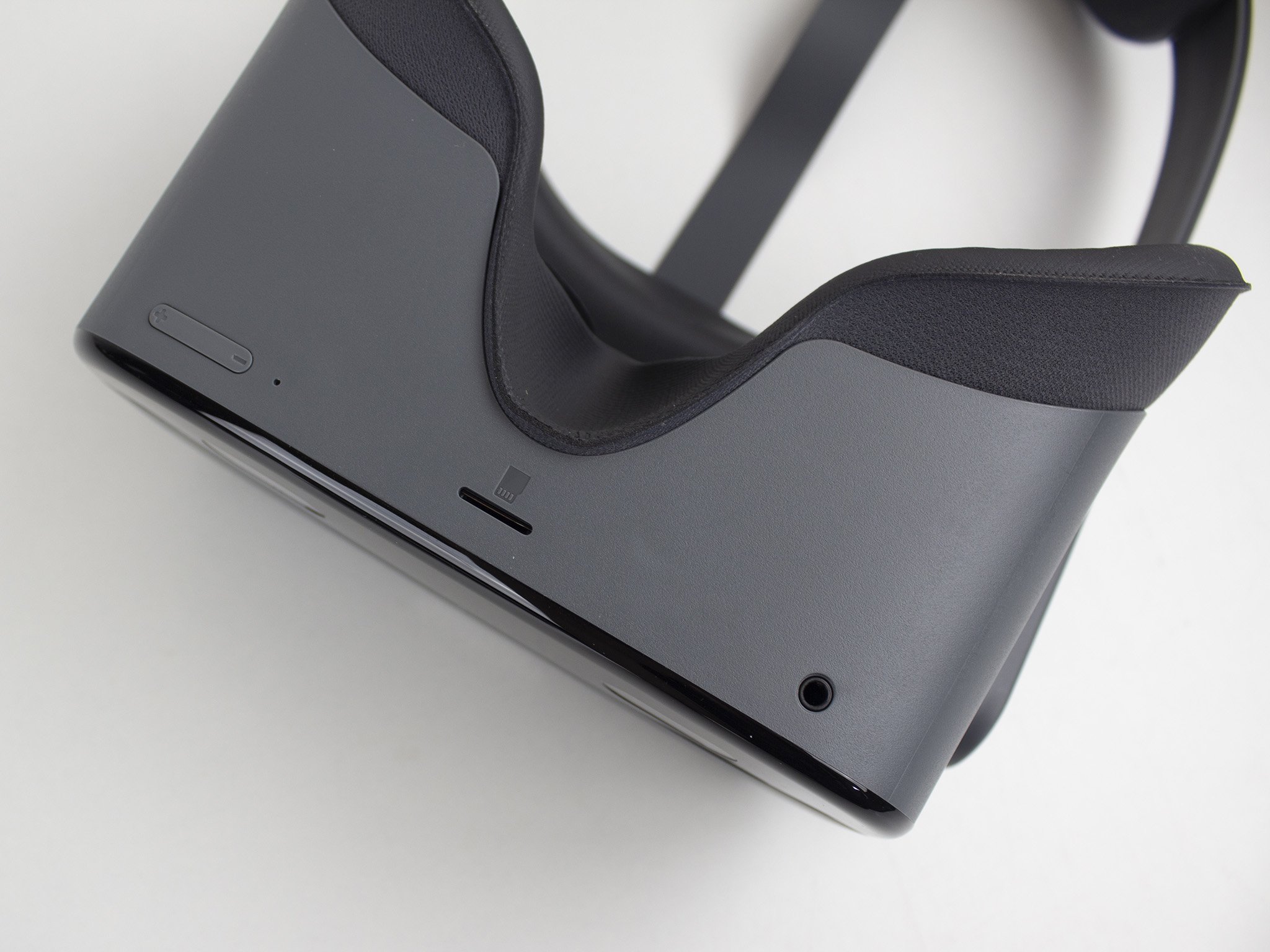
What's conspicuously missing is a physical IPD slider switch, which is due to the fact that the unit utilizes a single 4K screen inside. That makes physical IPD adjustment more difficult since the display doesn't move, and the Tobii eye-tracking built into the lenses likely complicates this possibility. As a result, there's digital IPD adjustment like the Oculus Rift S has, offering a range between 58mm and 71mm.
I had difficulty finding this adjustment setting though, and it's something Pico seriously needs to work on in order to make this more accessible, especially if you're going to be passing it along to multiple people in a business environment. This design seems to contradict the purpose of having a PU face gasket, as that was chosen specifically for its ease of use in multi-user environments, while not providing a simple IPD adjustment seems to suggest the opposite.
Pico Neo 2 Eye A different kind of control
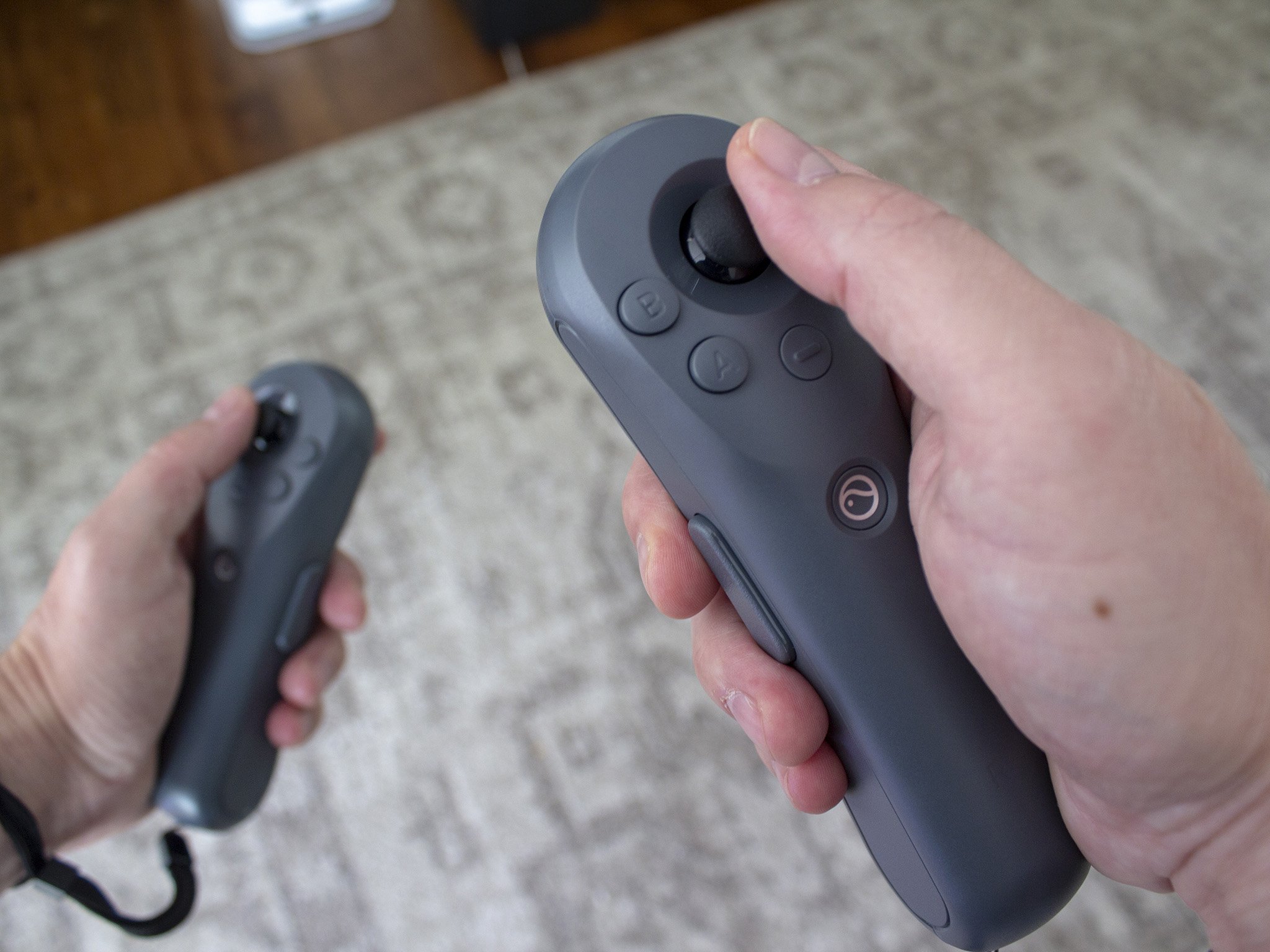
Unlike some other inside-out tracking solutions, Pico is utilizing electromagnetic controller tracking instead of optical tracking for the Pico Neo 2 series. Since it doesn't rely on optical tracking, it doesn't need to see the controllers in order to know where they are. That means you can put them behind your back, above your head, and anywhere else that you might be able to reac. An Oculus Quest or Oculus Rift S, for example, wouldn't be able to see a controller that's behind or above you.
This large range of movement is particularly important because this is an enterprise-grade headset and you wouldn't want motion-tracking dead zones on a job site. It's not just problematic to have those issues, it could literally be a game-killer.
The downside is that the tracking isn't quite as accurate as you'll get with headsets like the Oculus Quest or Oculus Rift S. Playing Beat Saber, for example, didn't feel as natural when swinging the sabers, and I found that reloading guns or managing inventory in Half-Life: Alyx was more clunky and awkward than I had grown accustomed to on other headsets. Of course, this headset isn't necessarily designed for those particular scenarios, so users may never even come across these limitations.
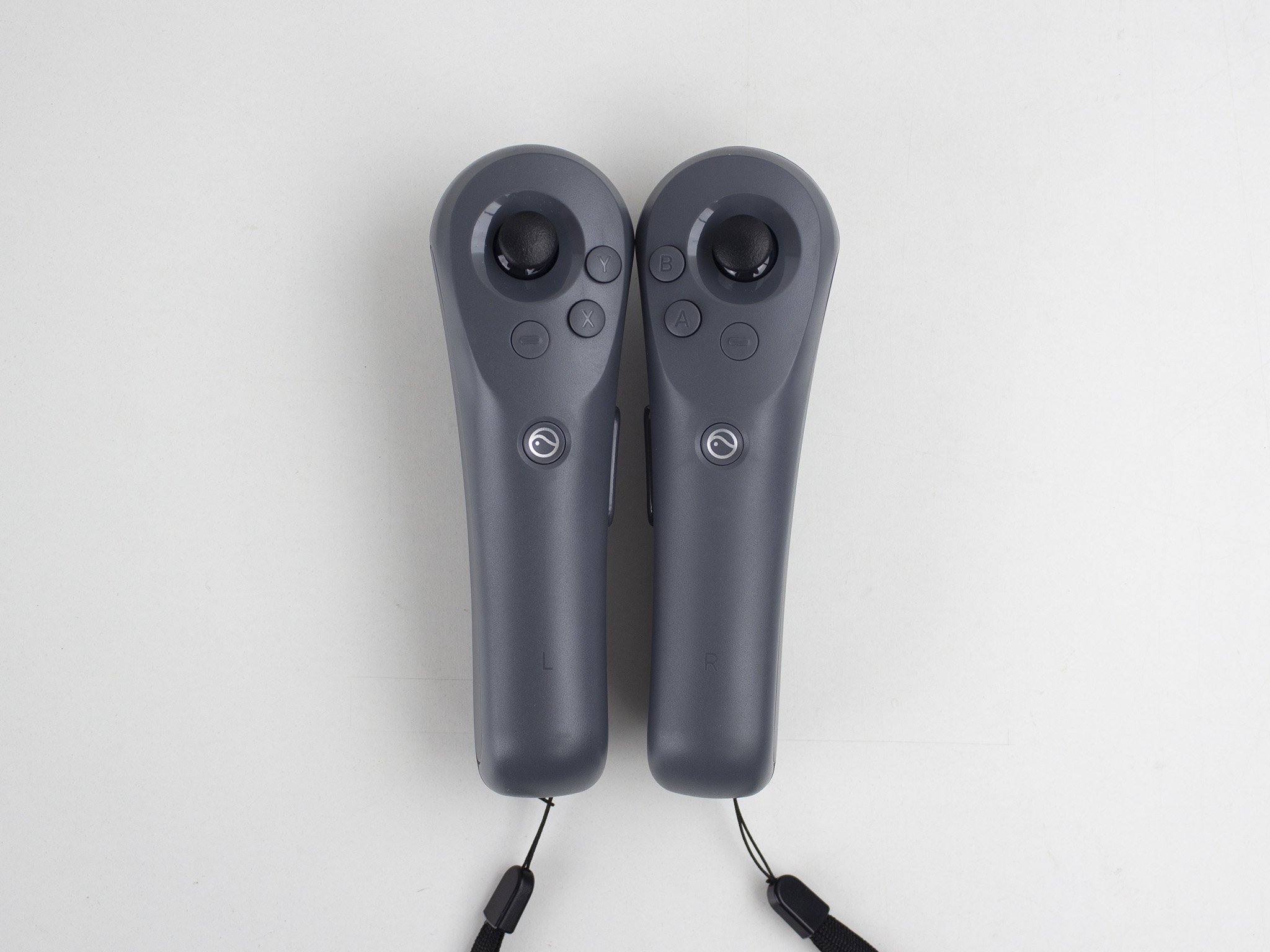
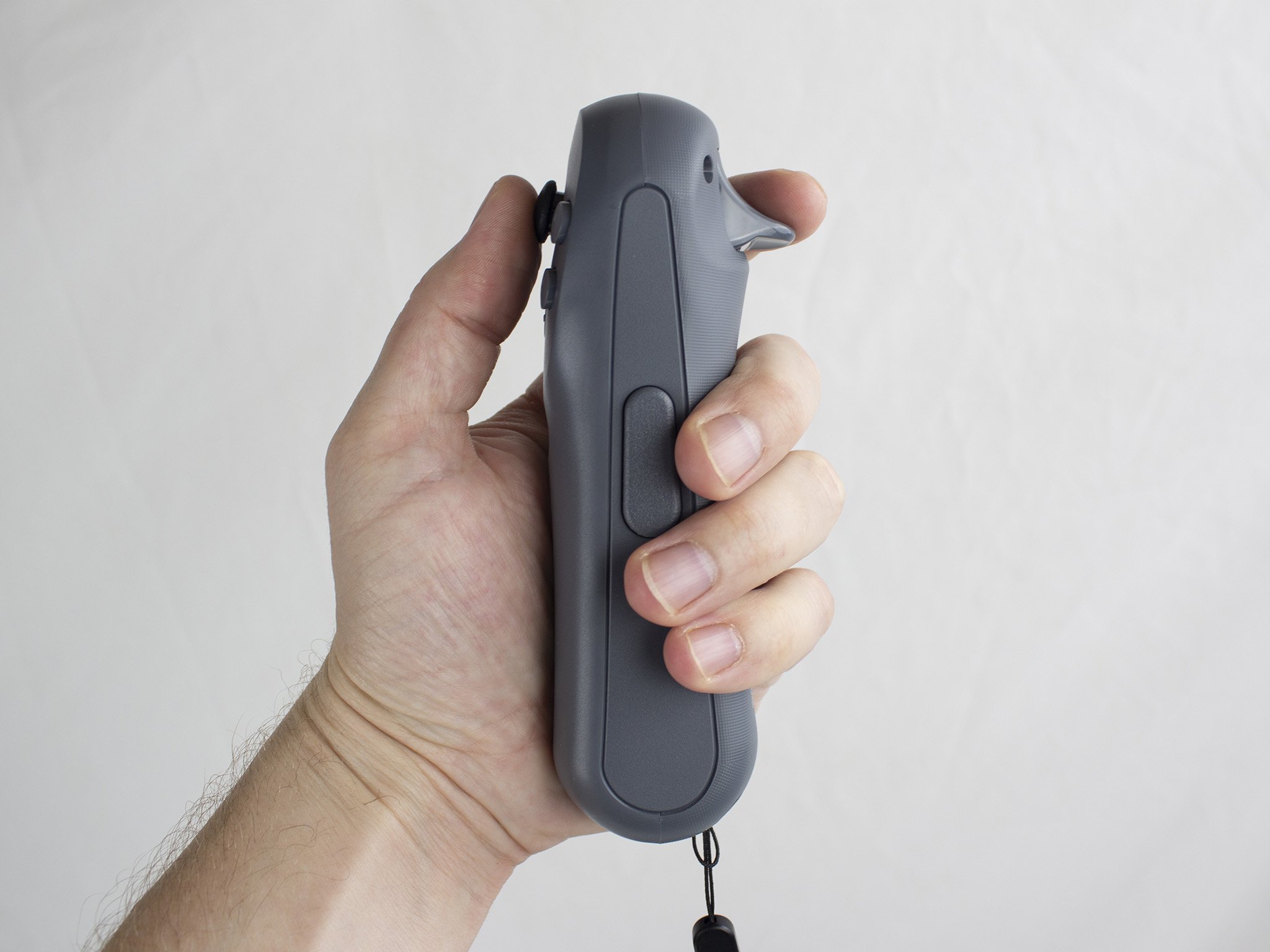
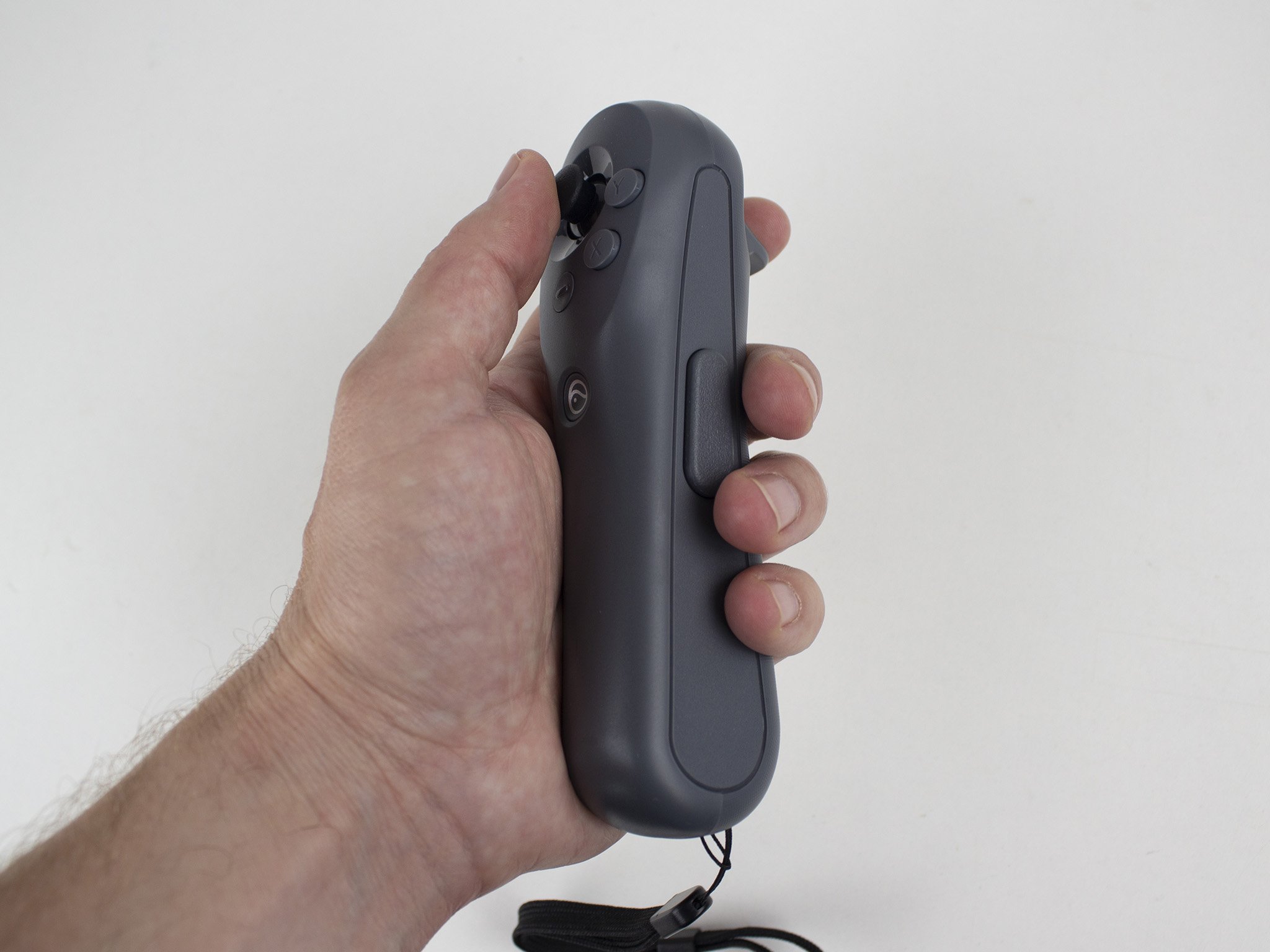
The controllers themselves are comfortable enough and feature two face buttons, a trigger, grip button, home button, back button, and a joystick on each controller to provide an excellent range of input options. SteamVR even recognized the controller right off the bat, showing me a perfect virtual model of it right on my Steam Home screen. I could see these being mildly uncomfortable for users with smaller hands, though, as they are a little thicker and squared off when compared to come other VR controllers.
They also don't have a capacitive touch feature to the buttons, which reduces the available inputs just a tad when compared to the Oculus Touch controllers that ship with the Quest and Rift S. Unlike the Oculus Touch controllers, though, these feature rechargeable batteries built in, with a USB Type-C port on the bottom for easy charging.
Pico Neo 2 Eye Hook it up to a PC

Standalone VR is important for every segment of the industry, but there's no denying that hooking a VR headset up to a PC still offers the best fidelity. Thankfully, Pico thought of this and packed the Pico Neo 2 series with a built-in streaming app built on the Boundless XR platform. Streaming from a PC is supported both wirelessly and wired via a USB Type-C to Type-C cable. USB Type-C to Type-A cables are not currently supported.
Streaming is as simple as installing and launching the Pico VR Streaming Assistant app on your PC, followed by launching the assistant on your headset. You choose wired or wireless from inside the HMD and it automatically pulls you right into the SteamVR interface. When using this as a wired experience, I had to relaunch it several times, most likely due to the issues USB Type-C continues to have with some motherboards and chipsets on PCs. Once I got through the initial crashing phase, I never had these issues again. The wireless experience was completely flawless from the get-go.
On the default standard streaming quality, which is selectable with a wired and wireless experience, you'll notice some obvious compression artifacts and a lower overall resolution than apps that run natively on the Pico Neo 2. Bumping this up to high quality streaming significantly reduces artifacts and vastly improves image quality, but it's still nowhere near as sharp or clear as native apps.
Playing Half-Life: Alyx on the Pico Neo 2 Eye was a good overall experience, although a much better experience can be had with headsets that natively run on a PC like an Oculus Rift S or Valve Index. It's clear that the Pico Neo 2 isn't designed primarily for consumer gaming, as the issues with perspective warping make gaming feel weird, and the reduced quality compared to a headset that streams video through an HDMI or DisplayPort cable is pretty obvious.
Pico Neo 2 Eye Unfortunately, it's not designed for you
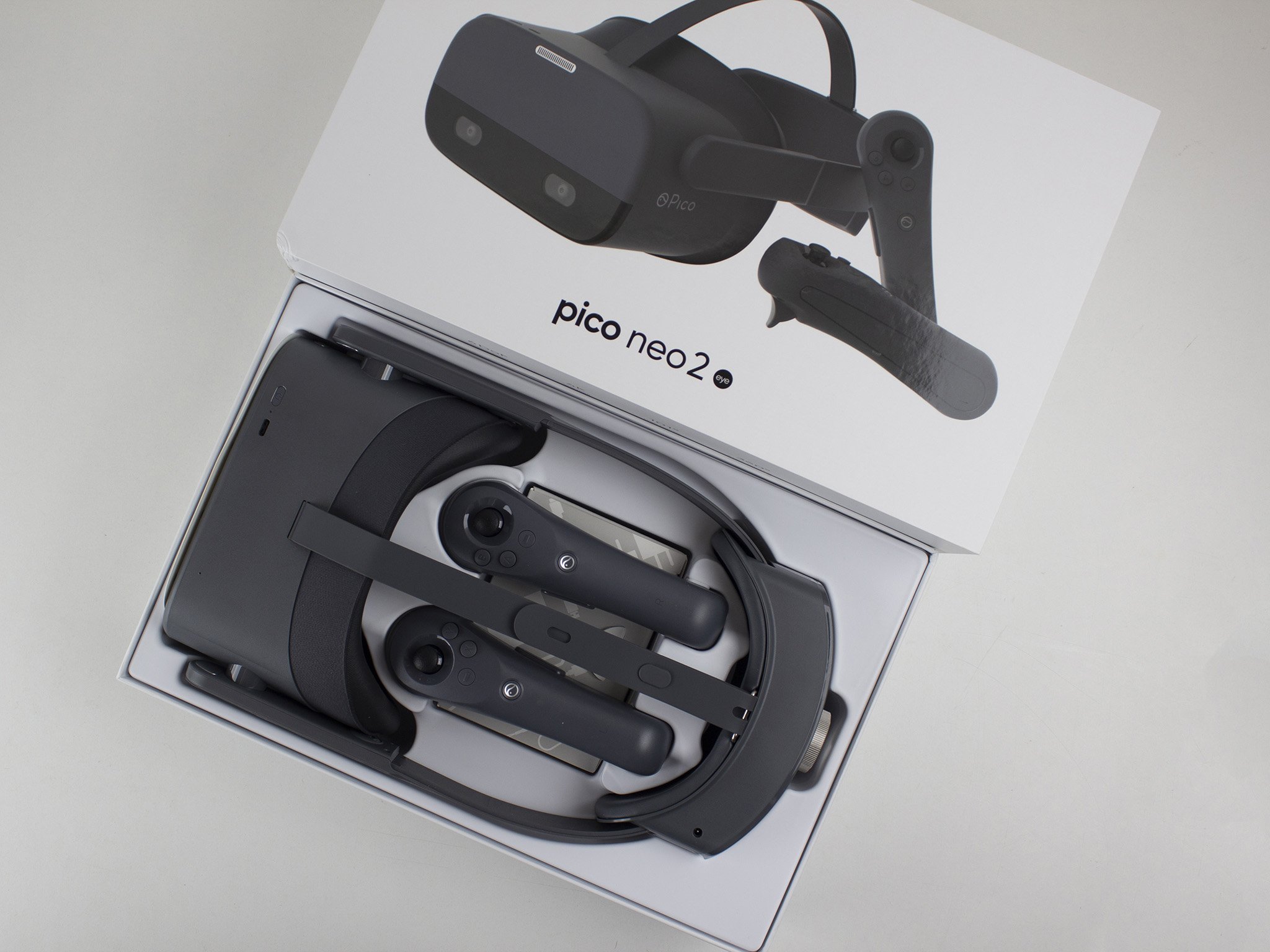
While the connectivity and interoperability with SteamVR on a PC is great, the truth is that this headset, ultimately, is not designed with the average gamer in mind. In fact, you can't even readily buy the Pico Neo 2 or the Pico Neo 2 Eye without first contacting Pico and getting a quote. It's an enterprise-only design for a reason, and that experience begins from the moment you try to order one.
Paramount to the enterprise-only perspective is the built-in Tobii eye-tracking, which does exactly what it says. Tobii has been experimenting with eye-tracking things for a while now and finally seems to have found a solid market in the enterprise VR segment. Eye-tracking enhances VR in a significant number of ways, including offering better performance by enabling foveated rendering; a method where the center of your vision is rendered at high resolution, while peripheral vision is rendered at much lower resolution, which helps increase performance by up to 60% or so.
Increasing performance isn't just about graphical fidelity, though. It's extremely helpful for prolonging battery life, which is particularly important if people are going to be using these things for their jobs. It's not often someone works 2 hours in a given day and calls it quits, so why should your enterprise-grade headset get away with that? In addition to improved performance, eye-tracking can help with metric data by showing exactly where users are looking throughout headset usage.
This type of data can be important to help with training and product design, as well as development of procedures and safety measures, particularly in the manufacturing sector where distractions around complicated machinery could prove deadly. On a more consumer-friendly front, the built-in mirror demo shows that eye-tracking can humanize virtual avatars by showing exactly where someone is looking, which helps to enhance virtual presense in a big way.
On top of this, Pico's app store is anemic, at best. Consumers looking for more than a literal handful of games to play would be super disappointed in their purchase, and the fact that it plays SteamVR games at a reduced image quality when compared to consumer VR headsets of the same price makes that an even more bitter pill to swallow. Simply put, this isn't designed for consumers, and you shouldn't consider it if you are one.
Pico Neo 2 Eye Should you buy it?
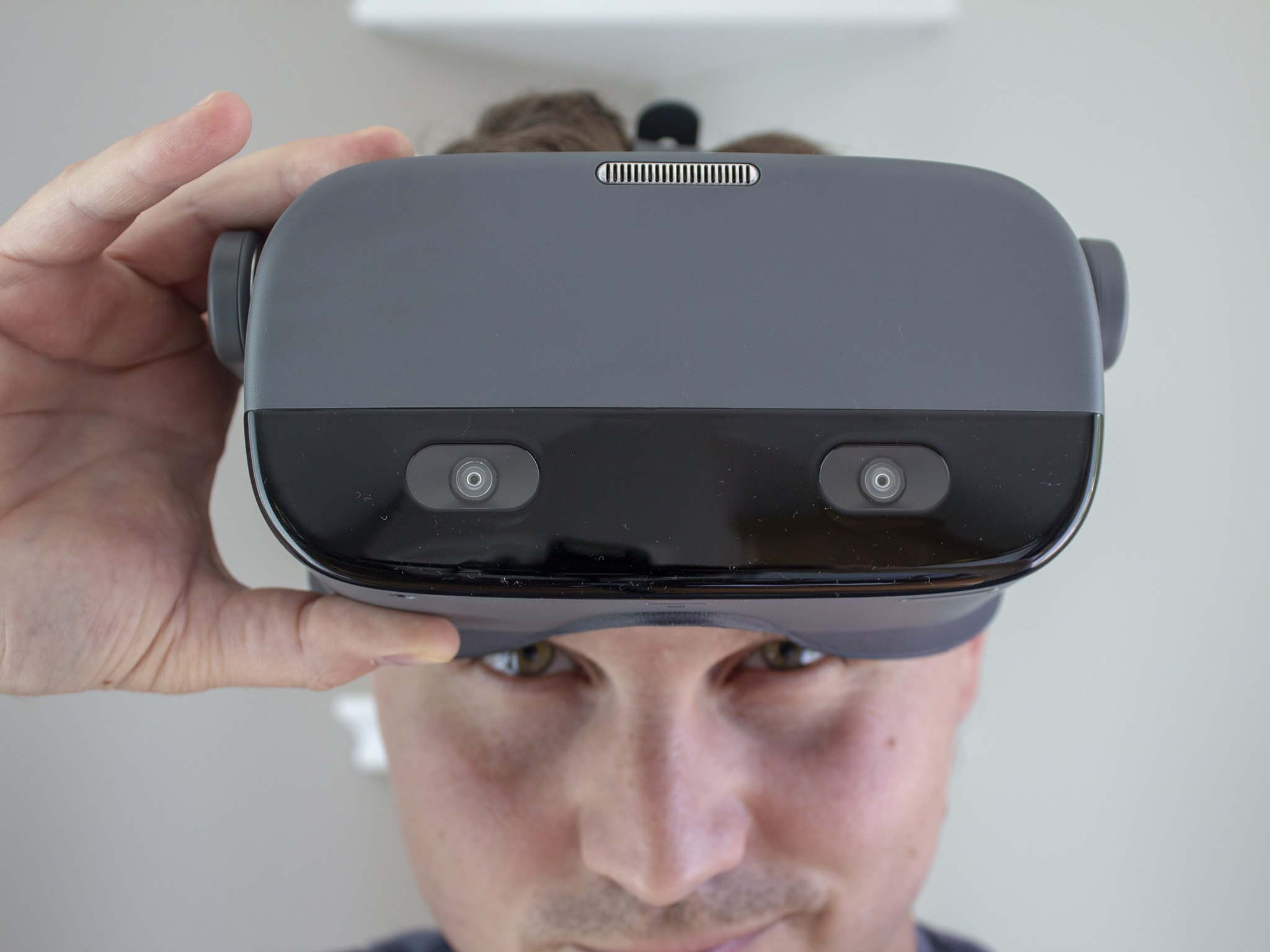
Unless you have a business or a developer license, it's not likely that you can actually buy the Pico Neo 2 Eye as a consumer. Even if you could, though, the fact that this is clearly an enterprise-designed product means that, as a consumer, it makes a lot more sense to choose an Oculus Quest if you're in the market for a standlone VR headset.
Businesses may find the $100 price difference between the Pico Neo 2 Eye and the Oculus Quest (in Pico's favor) to be an attractive offer. As a bonus, the technical capabilities of the headset will definitely prove this to be a superior headset to the Oculus Quest Enterprise Edition in several ways. Traits like eye-tracking are incredibly valuable to many businesses, and the overall care taken with designing a weight-balanced headset with a hygenic face gasket could go a long way to making this a better investment in the long term.

Meant for the office or the factory
The Pico Neo 2 Eye is designed from the ground up with businesses in mind. A 4K display, eye-tracking, microSD card support, motion controllers that don't need to be seen by the headset, and plenty more make this a great enterprise choice.
Nick started with DOS and NES and uses those fond memories of floppy disks and cartridges to fuel his opinions on modern tech. Whether it's VR, smart home gadgets, or something else that beeps and boops, he's been writing about it since 2011. Reach him on Twitter or Instagram @Gwanatu
